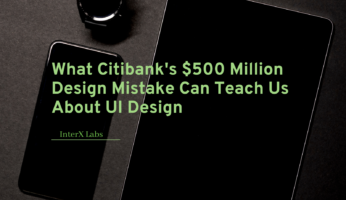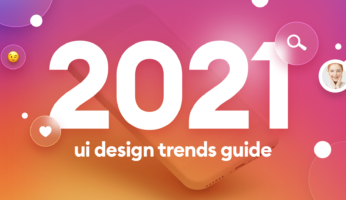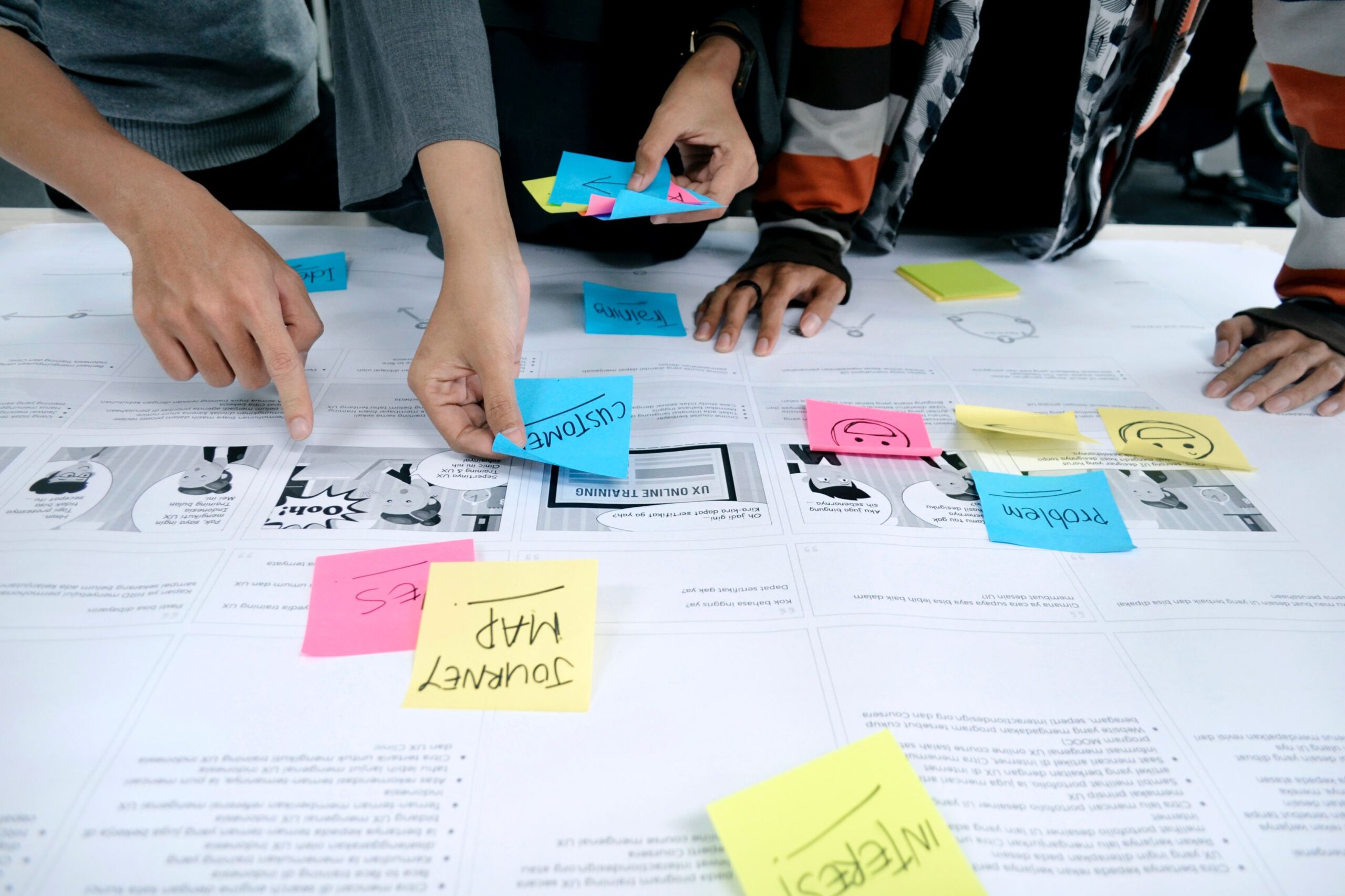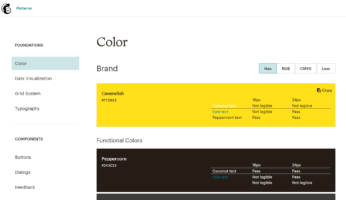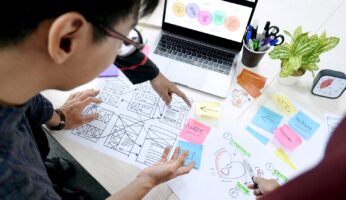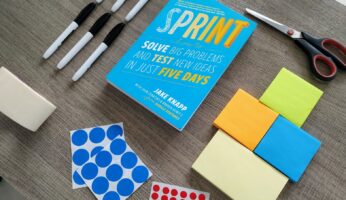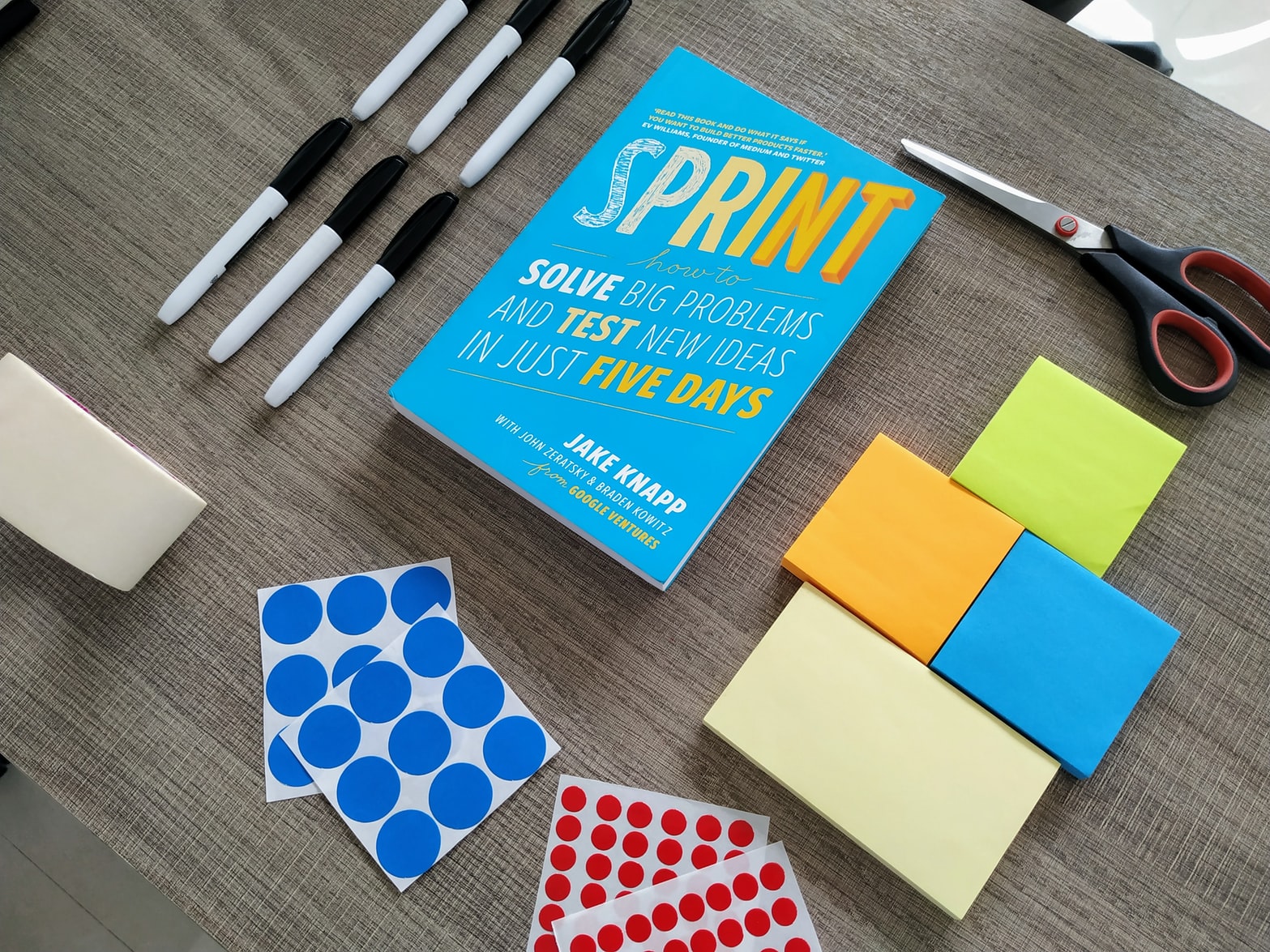
How Design Thinking Can Help Small Businesses Compete Better
Design thinking can be the edge that startups and small businesses need to get ahead in a highly saturated and competitive digital marketplace today.
Design thinking is one of the most underrated but effective toolkits in any startup or small business’ arsenal today. There are many benefits to using design thinking and businesses across Asia are waking up to the fact that a design-led approach to solving business problems can be more effective than the traditional engineering-led approach, especially in technology-related industries. According to a study done by McKinsey, user-centric, analytically informed design can significantly increase business profits. One of the ways Asian businesses can differentiate themselves is to open themselves up to new ideas and approaches through design thinking.
What is Design Thinking?
Design thinking is a creative problem solving methodology developed by IDEO to encourage organisations to focus on the people they are building solutions for; it is a human-centric approach to solving problems. At the heart of design thinking lies a deep focus on the customer.
Design thinking is different from traditional methods of problem solving in business due to the radical shift away from a “Build First” approach. In traditional engineering-led teams, business cases are built around a product or services and its respective features. Design thinking turns this model on its head by rigorously testing the assumptions of desirability, viability and feasibility of the proposed solution before it is built. This saves time and reduces the cost of building something that may not be necessary or not specific enough to solve a target audience’s problems.
“Design is really an act of communication, which means having a deep understanding of the person with whom the designer is communicating with.” – Donald A. Norman, The Design of Everyday Things
5 Stages of Design Thinking
Stage 1: Empathize—Research Your Customer’s Needs.
Stage 2: Define—State Your Customer’s Needs and Problems.
Stage 3: Ideate—Challenge Assumptions and Create Ideas.
Stage 4: Prototype—Start to Create Solutions.
Stage 5: Test—Try Your Solutions Out.
Everything Starts with Empathy
The basis of design thinking starts with a deep appreciation of the customer problem; it is only by empathising with the customer can a business truly understand the needs of the customer and begin to solve problems in a more effective way.
How startups and small businesses can better empathise with their potential customers is by going down to the customer level to observe and familiarise themselves with the problems of the target audience. For example, if a company is thinking of selling Point-of-Sale systems (cashiers), it can be as simple as getting a coffee and sitting at a food court or a restaurant to see what are some of the problems faced by staff when using the POS systems to record purchase transactions, food orders and give change to customers. It can also be to conduct one-on-one interviews or focus group discussions to get to know what are the challenges these stakeholders face on a day to day basis.
It is important at this stage to clear out any assumptions about the product or service offering and try not to force a solution immediately. Take time to understand the customer needs first before developing any solution.
Defining Your Customer’s Problem
Once your customer’s needs have been identified, it will be easier to look at which of those needs can be addressed in a way that best fits your product or service. If your customer needs flowers for an event, this stage can be defining which part of the need you want to try to resolve; is it procuring the flowers? Or arranging the flowers? Or delivery? How about all three?
Defining the customer’s problem can help you drill down into the specifics of the problem that need help resolving. After all, business is about solving problems that have a real market need. By defining the problem, you are setting the stage for greater clarity in problem solving down the road.
Ideate and Let Ideas Flow
Ideation is usually the most enjoyable part of the design thinking process; it is the stage that also happens to be the most famous: POST-ITS. LOTS OF THEM. It is throwing ideas on the wall and seeing what sticks. At this stage, it is not important to judge the quality of ideas; quantity is far more important and no idea is bad or stupid. Keep things open and lighthearted and save the evaluation for later. It will be good to have everyone write ideas down on post-its and stick them on a wall. No idea is too crazy. In fact, the best solutions tend to be based on “fringe ideas”, unconventional ways of solving the problem.
Airbnb is a prominent example of how a culture of ideation and experimentation can help a startup build unique and attractive products. In a podcast with LinkedIn co-founder Reid Hoffman called Masters of Scale, Airbnb co-founder Brian Chesky talks about the counterintuitive process of “doing things that don’t scale”, such as ideation and experimentation, in order to figure out what the customer really wants. When you give yourself space to ideate, you allow yourself space to spot valuable trends and patterns that can be used to inform the product development process, like how Airbnb realised a major problem was the presentability of photos on the platform, and Chesky resolved it by going down to each of the residential units to take high quality photos.
Build Fast By Prototyping
Once there are one or two ideas that stand out, quickly build them out so that you can see if the ideas work; there is no need to spend months building on an idea that the market will not respond to. The key here is speed. Use rudimentary tools if necessary. In some cases, sketches, cardboard prototypes and basic pitch decks can help to validate and test your ideas before they are built into a fully functional product.
Test and Learn, Then Test Again
When you have a basic prototype, test your assumptions by putting your prototype into a low-stakes environment to see if people respond to it in the way that you expect. It is not realistic to get it right on the first try and this is what this stage is for. Test to learn whether or not your prototype solves the customer’s pain points. You can organise a focus group or a one-to-one discovery interview with your potential customers and see if they respond in ways that you expect them to. If they don’t, that’s okay. Go back to the drawing board and refine the ideas again.
The Future Will Be Design Driven
Much of the 20th Century has been driven by engineering. The Industrial Revolution spearheaded society’s transformation into an energy guzzling, electrically powered grid of appliances, automobiles and architecture. However, the 21st Century is meandering towards a more human-centric desire to solve more than just engineering problems; people now desire for more comfort, convenience and curated solutions to everyday problems. By focusing on design thinking, startups can adopt a more human-centric approach to solve tomorrow’s problems.

